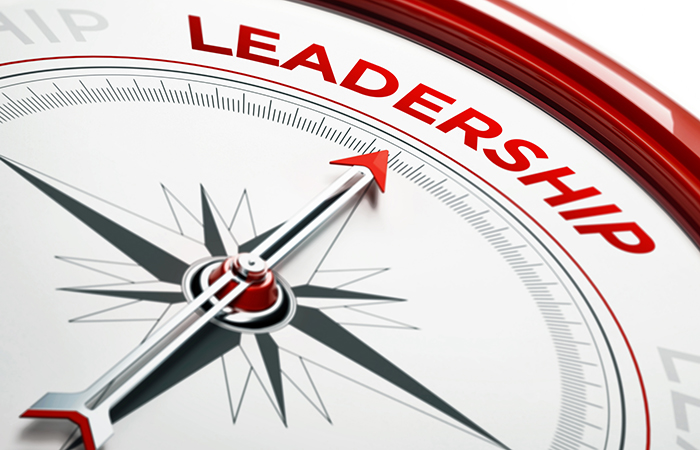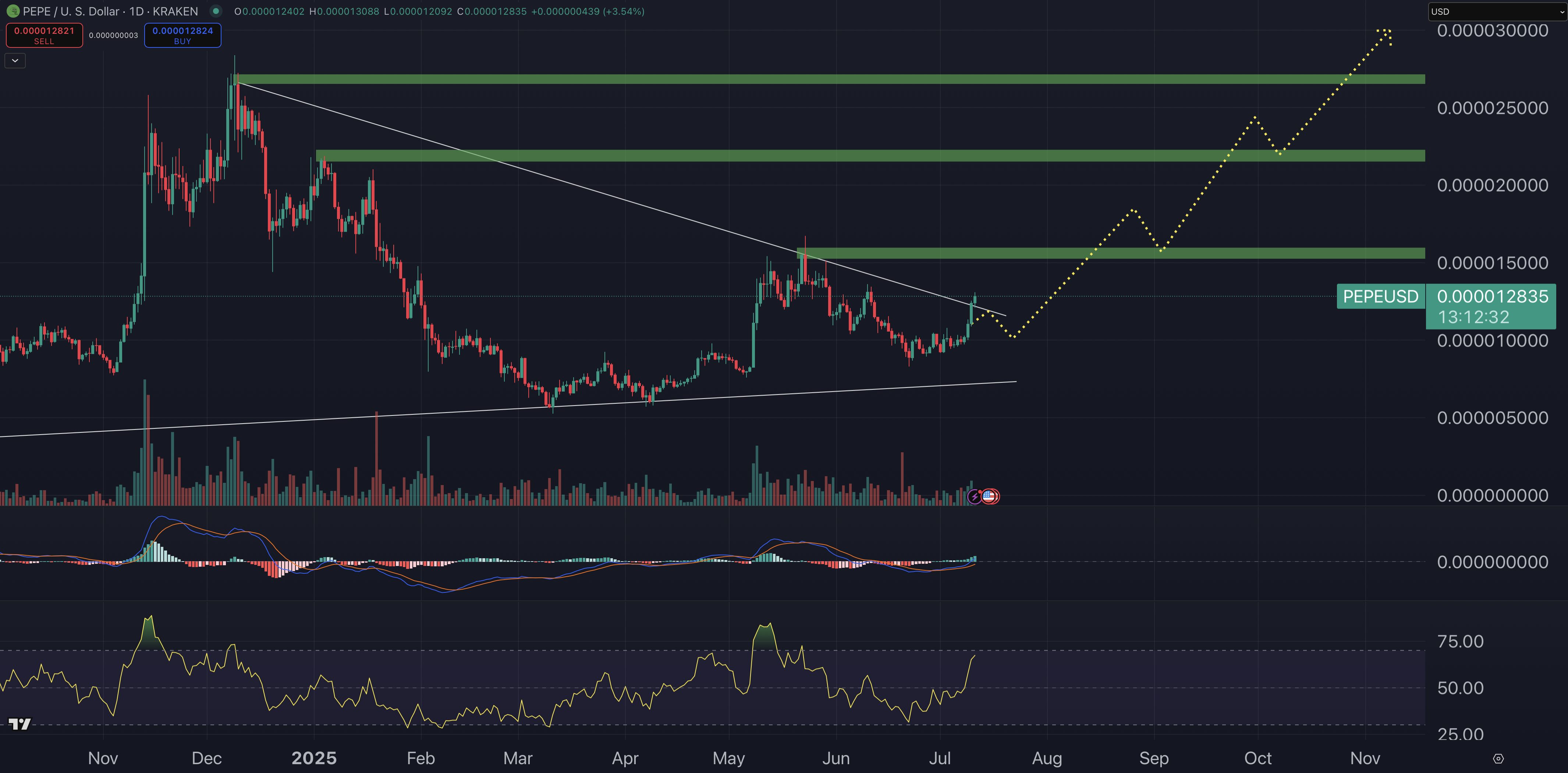The world of work has shifted fundamentally over the last few years. The pandemic, increasing talent scarcity, agile operating models and hybrid work approaches have made it clear: The industrial leadership model of “management” and “labor” is obsolete. Close to 90% of the workforce are service workers, providing human capabilities to customers and the market. Stress and burnout are at an all-time high, employee engagement continues to decline, pay equity concerns are mounting, and diversity considerations are paramount. We need a new approach to leadership and developing leaders for the future.
As our definitive guide to employee experience shows, trust in the organization and in leadership is the most critical element for engagement, retention and business performance. The latest Korn Ferry leadership study showed similar results: 22% of the difference in financial performance, over a five-year period, among highly transformational companies was related to trust in leadership. How do we create that trust? With leaders who display the right human behaviors, who focus on people first and the business second, and who help their teams transform and adapt to new ways of working. We call this human-centered leadership.
Human-centered leadership: a pandemic necessity
The concept of human-centered leadership is not new, but it became a requirement for survival during the pandemic. Every company acknowledged a need for a laser focus on people, not profit. As the world shut down, daily CEO videos, open town halls, connections across the company, authentic leadership conversations and “ask me anything” processes were the norm for most companies, and the so-called “Great Resignation” of the last couple of years forced leaders to continue with these practices.
As economic growth is slowing, some leaders are taking a different approach. CEOs are asking for efficiency and productivity, rather than worrying about wellbeing and autonomy. Leaders double down on performance management to increase focus and reduce noise. Layoffs in the tech and professional services sector mark a decidedly less human-centered area.
Related: Microsoft: AI can fix your productivity problem
Yet, as unemployment dropped to 3.4 percent again in April (a 53-year low), and birth rates continue declining, the labor shortage will continue to get more acute. Leaders are sadly disconnected from their teams: While 87% of employees think they are productive, only 12% of leaders feel the same. Human-centered leaders design work for productivity, removing administrative overhead, meeting overload and helping employees focus, rather than pushing for efficiency.
Leadership in the age of AI
The introduction of ChatGPT and other generative AI technologies brings yet another decision point of how to lead, and companies are taking one of two approaches.
Business-centered leaders will look for cost savings, efficiencies, headcount reductions and automation potential from introducing generative AI—with the goal to remove human work. For example, IBM’s CEO announced the desire to replace 30% of the global headcount with AI to save costs and increase efficiencies.
Meanwhile, human-centered leaders will determine how new technologies can support humans. Rather than replacing people with machines, they will aim to transform and redesign work and tasks so employees can do the human part while machines do the mundane part. Putting employees first, they design work so employees can operate “top of license”, increasing productivity and performance through the aid of AI.
Transformation, not execution

A recent study from PwC of over 4,000 CEOs showed that 40% of them don’t think their company will be in business in 10 years, while 7-in-10 are looking to spend more time on transformation than execution. In turn, their leaders will have to be much more change-adaptable, agile and human-centered to support their workforce for the future.
Our Pacesetter study of the Global Workforce Intelligence project, examining those companies in each industry that are not just leading today but also increasing their lead exponentially, showed that at the heart of success are approaches to leadership and culture: valuing transformation roles and skills more than operations and putting employees first.
All of this boils down to what we call “irresistible leadership”: a human-centered approach that treats employees as the most important stakeholder group, allows leaders to make mistakes, focus on transformation and culture rather than process and compliance, listen empathetically, learn vigorously, support teamwork and collaboration, elevate the front line, and provide an equitable environment for every employee to do their best and be their best.
4 ways to put irresistible leadership into action
If you are like 88% of organizations stuck in the past of legacy, top-down, hierarchical leadership, it’s time for a change. Enduring, employee-focused companies show the way to irresistible leadership focused on empathy, integrity, and listening. Here are four steps to get started:
Involve employees in defining the leadership model.
If the role of the leader is to serve employees to help them be successful, it’s critical to involve the workforce directly in defining what a new leadership model should be. LEGO, for example, defined their leadership approach (they call it the leadership playground) with a diverse group of 15 “playground builders” and created a mission to “energize everybody everywhere” based on their culture of play.
Focus on what matters to your business.
Gone are the days when companies could just copy GE’s approach to leadership. Today’s rapidly changing environment requires customizing the leadership model to fit your company culture, your workforce and your business strategy. Microsoft’s approach to operationalizing the growth mindset reflects in their leadership model, which calls for leaders to display three critical behaviors: provide clarity, generate energy and drive success, helping leaders at all levels eliminate noise and distractions and instead focus on what matters most.
Put leadership development “in the flow of work.”
Legacy approaches to leadership development—static, one-off training programs with limited follow-up—are obsolete. A continuous, bite-sized, connected program that includes coaching and mentoring, networking and relationship-building, and practical application is key. For example, Dow uses an immersive journey-based program leveraging Virtual Reality simulation by Mursion to foster inclusive leadership behaviors, with 90% of participants feeling better prepared to support their teams.
Rethink performance management.
To make the right leadership behaviors stick, effective performance management is key. This means putting equal priority on behaviors as on business outcomes when rewarding and recognizing performance. For example, MGM undertook a comprehensive culture refresh, revising their performance management approach to cement the required new leadership behaviors, assessing performance against goals and leadership behaviors, with a detailed checklist for evaluation to remove bias from behavior assessments.
In today’s ever-faster changing world of work, a focus on human behaviors and human-centered leadership is more important than ever. After all, leaders shape culture, wellbeing, performance, inclusion and the strategy of the organization.
For more, tune in to HRE‘s upcoming webinar on Irresistible Leadership (11 a.m. PST May 24), read the human-centered leadership playbook, or dive into the book, Irresistible. Members of The Josh Bersin Company can access deep-dive resources, case studies and advisory sessions on these topics, including our upcoming definitive guide to leadership. Our Josh Bersin Academy program “Human-Centered Leadership” is full of examples and guidance on how HR can inspire human-centered leadership.
Credit: Source link











